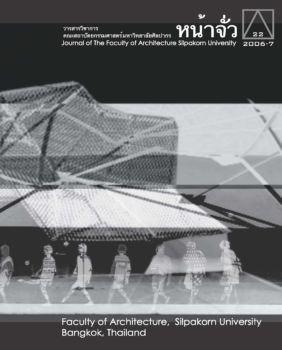On The Surface: Purposes of Architectural Enclosure
Keywords:
Architectural Cladding, Surface, Enclosure, Bekleidung TheoryAbstract
The essay examines the Bekleidung theory, or the theory of architectural cladding. It investigates the meaning of the Bekleidung notion as well as its various implications. Generally translated as the theory of cladding, Bekleidung also refers
to the more fundamental role of architecture as the art of enclosure.
Since the beginning of its conception in the nineteenth century, the Bekleidung theory has undergone various interpretations throughout the twentieth century. While many leading theorists and architects were influenced by the notion, some others objected it. The essay traces the beginning and the transformation of the Bekleidung concept from the end of the nineteenth century to the beginning of the twentieth century through the theories of Gottfried Semper and Adolf Loos. While Semper’s theory marked the beginning of the concept, Loos’s opened its entrances towards the mainstream theory and practice.
The paper argues that the concept of architectural cladding is partly a response to the cultural expectation of frontality that calls for architectural order and definition. The purposes of cladding are responsive to spatial, material, and technical
as well as symbolic aspects of the building. Cladding is not only a working of the flat surface of the façade, but also a manifold of boundaries and enclosures, which binds architectural ensembles into a unified whole. Cladding is a tool to bind all parts and materials together into a new visible order. It also defines the way buildings are used and occupied. Architectural cladding is a response to the natural desire of humans to order, to bind, to shelter and to delimit. Such desire antecedes all human artifacts, and hence precedes all spatial construct. In order for space to be considered as a part of either an architectural body or a city, it needs to be bound, ordered and differentiated at the same time that it is integrated as part of a larger field. Bekleidung is what lends both material and form to space. The spatiality of architecture comes into being through this logic of binding and ordering the multiple levels of architectural boundaries in which we dwell.





